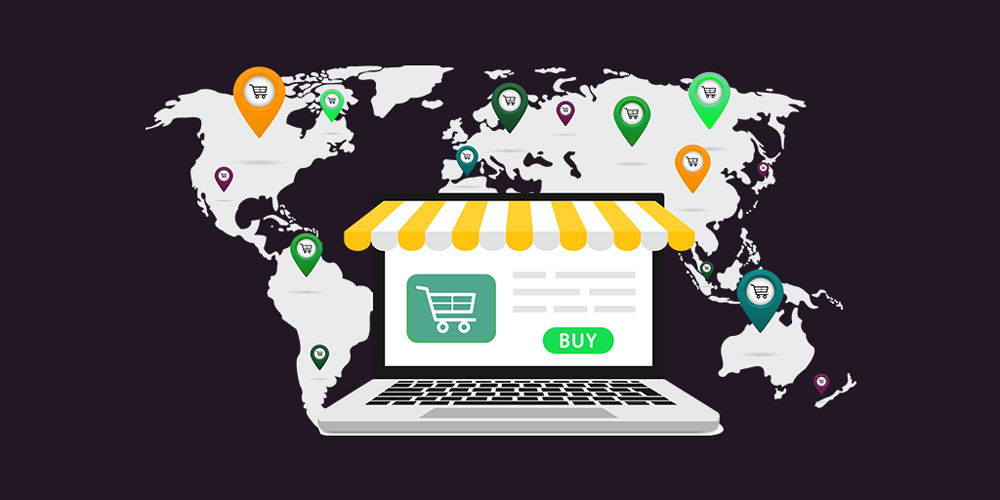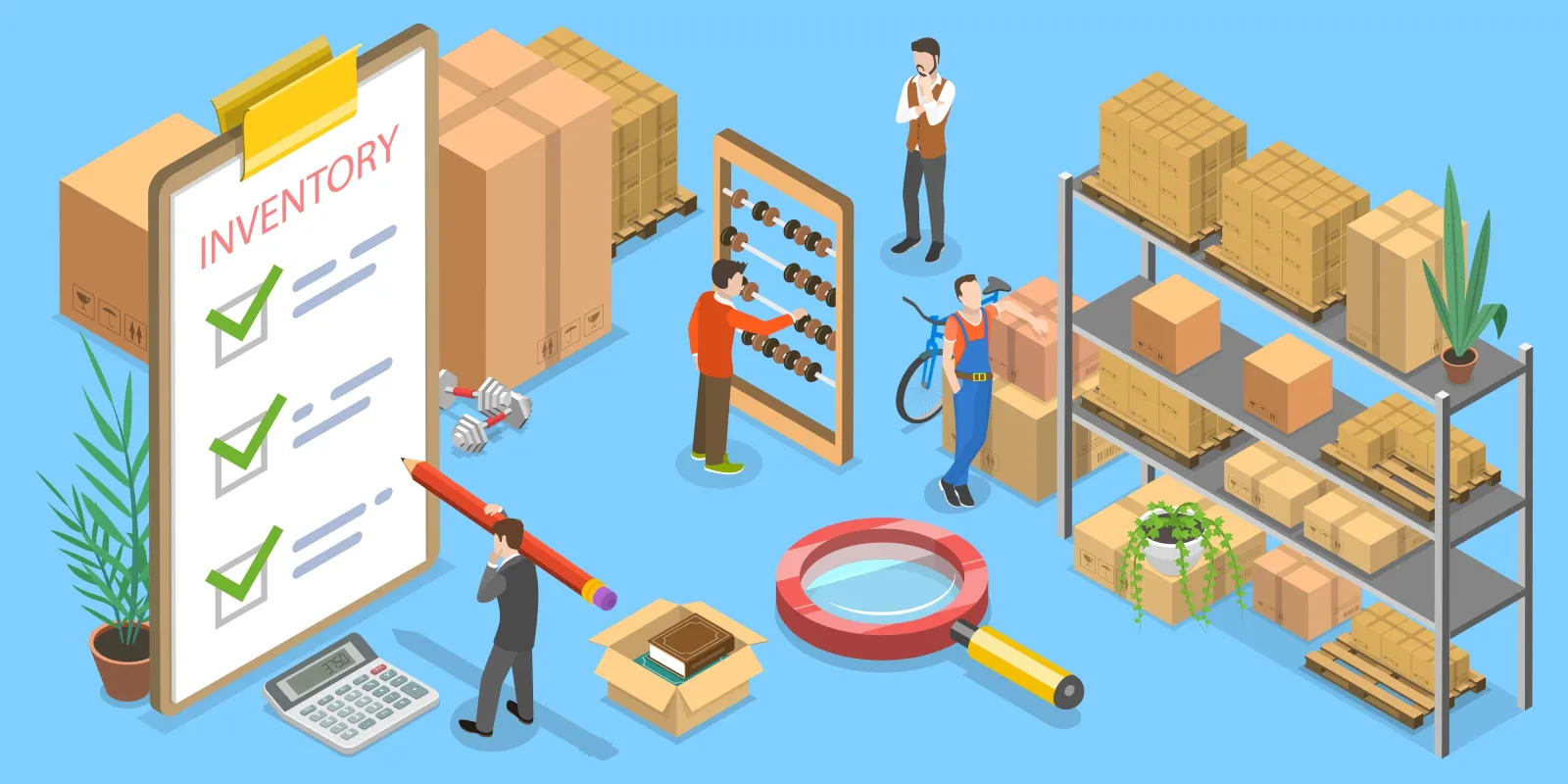The Business Value of Centralized Multi-Carrier Logistics
In today’s competitive eCommerce and logistics environment, fast, cost-effective, and reliable delivery is no longer a bonus—it’s a customer expectation. Businesses of all sizes are pressured to fulfill orders across multiple geographies, using a mix of regional, national, and international carriers. The solution? Centralized multi-carrier logistics platforms.
This article explores how centralizing multi-carrier operations brings measurable value to logistics teams, customer service, finance, and your bottom line.

What Is Centralized Multi-Carrier Logistics?
Centralized multi-carrier logistics refers to a unified platform or system that enables businesses to:
- Integrate multiple shipping carriers (FedEx, DHL, UPS, USPS, regional couriers, etc.)
- Compare real-time shipping rates and delivery times
- Automate carrier selection based on pre-set rules
- Track shipments across all carriers in one dashboard
- Generate labels, invoices, customs forms, and compliance documents automatically
Instead of manually working with multiple carrier portals, businesses streamline everything from a single control center.
Key Business Benefits
1. Cost Optimization
Companies can automatically select the most cost-effective option per order by comparing real-time shipping rates across carriers. This reduces overpaying for shipments and cuts down on reliance on default carriers.
Example: A centralized system can automatically select a regional carrier over a national one for local deliveries—saving 10–25% per shipment.

2. Improved Delivery Speed and Accuracy
With access to multiple carriers, businesses can avoid delays due to single-carrier capacity issues or outages. Algorithms select the best carrier based on the following:
- Destination
- Service level (e.g., overnight, 2-day, standard)
- Performance reliability
This flexibility improves delivery accuracy and on-time performance.
3. Scalability Across Markets
As businesses expand into new regions or countries, centralized systems allow for seamless integration of new carriers without disrupting the order management process. Whether shipping domestically or cross-border, you maintain the same operational workflow.
4. Unified Tracking and Visibility
Instead of juggling multiple tracking pages or APIs, centralized platforms consolidate shipment tracking into one interface. This enhances:
- Customer support responsiveness
- Exception management (e.g., lost, delayed, returned packages)
- Internal reporting and analytics

5. Better Contract Negotiation and Carrier Performance Analytics
With aggregated shipping data, companies gain leverage in negotiations with carriers. They can track:
- Total shipping volume by carrier
- Average cost per shipment
- Delay rates, returns, and service failures
These insights help optimize carrier mix and improve accountability.
6. Automation and Operational Efficiency
Manual shipping processes slow down fulfillment and increase errors. A centralized system automates:
- Label generation
- Carrier selection
- Customs documentation
- Return workflows
This reduces human error, cuts labor time, and enables faster order turnaround.
7. Customer Satisfaction and Retention
Customers don’t care which carrier you use—they care that their order arrives on time and in good condition. Centralized multi-carrier logistics helps businesses provide consistent service levels, faster shipping options, and real-time tracking notifications, which drive customer satisfaction and repeat purchases.

Use Case Example: Scaling an eCommerce Brand.
A mid-size eCommerce brand selling across Southeast Asia was using four different local carriers and managing them manually. As volumes grew, fulfillment delays and customer complaints increased.
By switching to a centralized logistics platform:
- Order processing time dropped by 40%
- Shipping costs were reduced by 18% through more brilliant carrier selection
- Customer complaints related to tracking issues dropped by 60%
The company scaled into three new countries within a year—with no additional warehouse staff.
Key Features to Look for in a Centralized Logistics Platform
- Multi-carrier API integration
- Smart carrier routing rules
- Branded tracking pages
- International customs and duty management
- Carrier performance reporting
- Return shipping management
- Real-time rate comparisons
Conclusion
Centralized multi-carrier logistics isn’t just a tech upgrade—it’s a strategic business enabler. By optimizing shipping costs, increasing visibility, reducing errors, and improving customer experiences, centralized platforms empower companies to scale efficiently in a multi-channel, multi-market world.
As supply chains evolve, the value of a single, flexible logistics nerve center will only grow.
Now is the time to centralize, automate, and deliver smarter.
Industry Insights
news via inbox
Nulla turp dis cursus. Integer liberos euismod pretium faucibua








